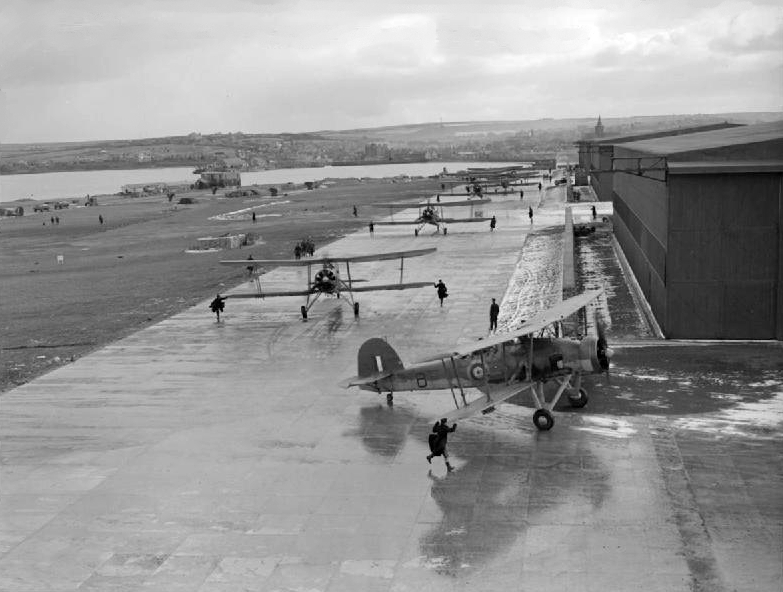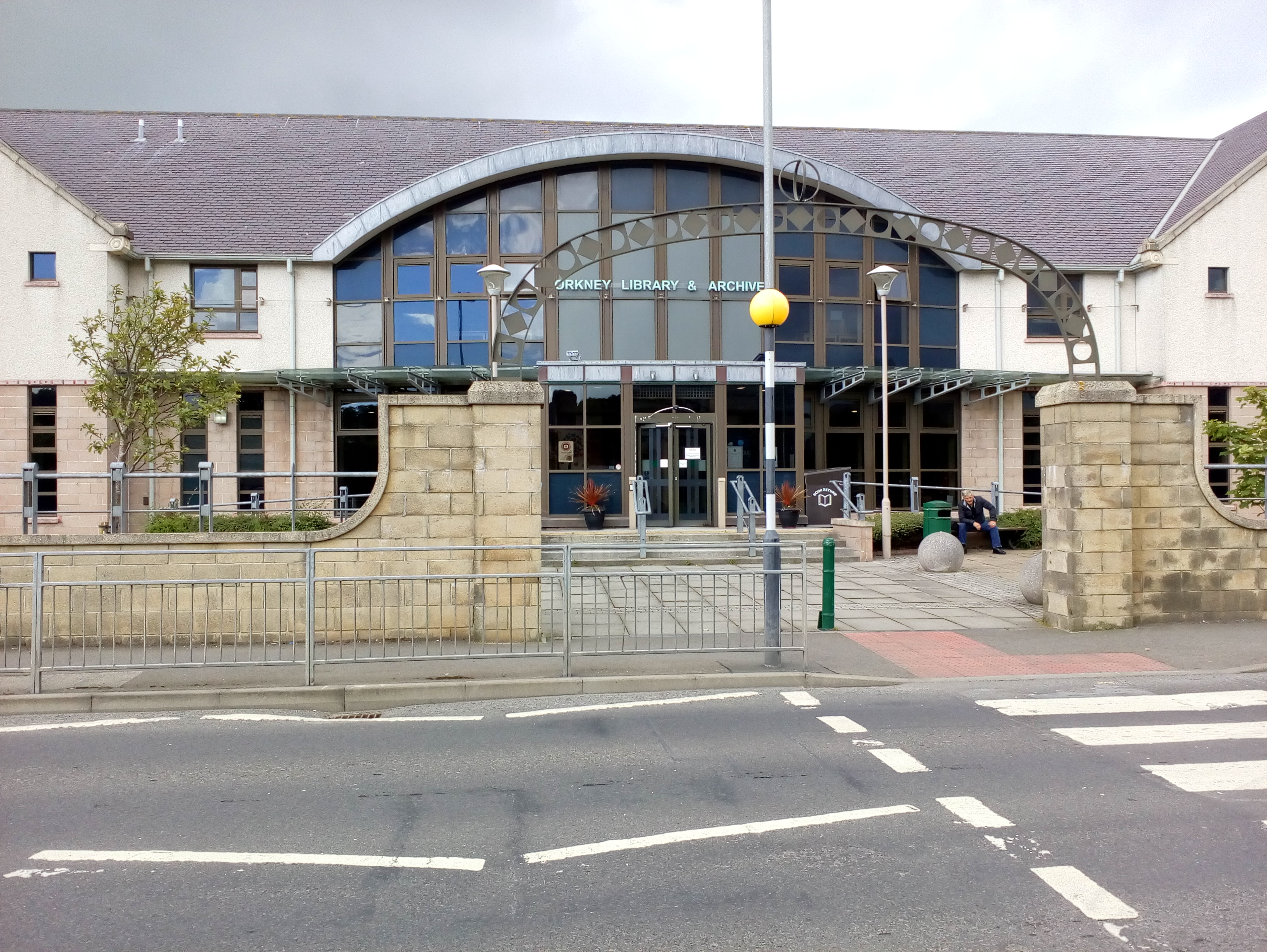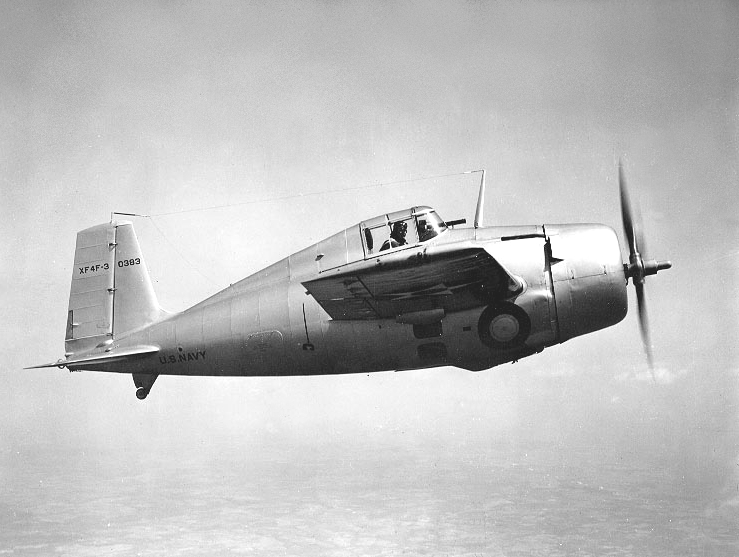|
RNAS Hatston (HMS Sparrowhawk)
Royal Naval Air Station Hatston (RNAS Hatston, also called HMS ''Sparrowhawk''), was a military airfield located one mile to the north west of Kirkwall, on the island of Mainland, Orkney, Scotland, built as a Royal Naval Air Station. It was located near the strategically vital naval base of Scapa Flow, which for most of the twentieth century formed the main base of the ships of the Home Fleet. The airbase was designed to provide accommodation for disembarked Front-Line squadrons and accommodation for disembarked Ship's Flight Aircraft and was home to the Home Fleet Fleet Requirements Unit, 771 Naval Air Squadron. The airbase was situated near two notable landmarks, it was located next to the town and port of Kirkwall, with Scapa Flow south. The airfield was sited on the south bank of the Bay of Kirkwall, north east of the town of Kirkwall, and the road from Kirkwall to Finstown forms the southern boundary of the airfield. It was purpose built by the Admiralty (United Kingdom) ... [...More Info...] [...Related Items...] OR: [Wikipedia] [Google] [Baidu] |
Kirkwall
Kirkwall (, , or ; ) is the largest town in Orkney, an archipelago to the north of mainland Scotland. First mentioned in the ''Orkneyinga saga'', it is today the location of the headquarters of the Orkney Islands Council and a transport hub with ferries to many locations. It is the centre of the St Magnus Festival, St Magnus International Festival and is also a popular stopping off point for cruise ships. St Magnus Cathedral stands at the heart of the town. Etymology The name Kirkwall comes from the Old Norse, Norse name meaning "church bay", the settlement having been established by the Norsemen in the 11th century. As late as 1525 the name is recorded as Kirkevaag. This became in time "Kirkwaa" and then eventually Kirkwall - but how the second syllable came to be spelled "wall" is not certain. MacBain quotes F. W. L. Thomas: "How, I ask, could ''vágr'' come to be represented by wall? Whence came the ''ll''? Was it that Scottish immigrants finding the sound of ''vá'' repre ... [...More Info...] [...Related Items...] OR: [Wikipedia] [Google] [Baidu] |
Ship Commissioning
Ship commissioning is the act or ceremony of placing a ship in active service and may be regarded as a particular application of the general concepts and practices of project commissioning. The term is most commonly applied to placing a warship in active duty with its country's military forces. The ceremonies involved are often rooted in centuries-old naval tradition. Ship naming and launching endow a ship hull with her identity, but many milestones remain before it is completed and considered ready to be designated a commissioned ship. The engineering plant, weapon and Electronics, electronic systems, Galley (kitchen), galley, and other equipment required to transform the new hull into an operating and habitable warship are installed and tested. The prospective commanding officer, ship's officers, the petty officers, and seamen who will form the crew report for training and familiarization with their new ship. Before commissioning, the new ship undergoes sea trials to identify a ... [...More Info...] [...Related Items...] OR: [Wikipedia] [Google] [Baidu] |
Fighter Aircraft
Fighter aircraft (early on also ''pursuit aircraft'') are military aircraft designed primarily for air-to-air combat. In military conflict, the role of fighter aircraft is to establish air supremacy, air superiority of the battlespace. Domination of the airspace above a battlefield permits bombers and attack aircraft to engage in tactical bombing, tactical and strategic bombing of enemy targets, and helps prevent the enemy from doing the same. The key performance features of a fighter include not only its firepower but also its high speed and maneuverability relative to the target aircraft. The success or failure of a combatant's efforts to gain air superiority hinges on several factors including the skill of its pilots, the tactical soundness of its doctrine for deploying its fighters, and the numbers and performance of those fighters. Many modern fighter aircraft also have secondary capabilities such as ground-attack aircraft, ground attack and some types, such as fighter-b ... [...More Info...] [...Related Items...] OR: [Wikipedia] [Google] [Baidu] |
Torpedo Bomber
A torpedo bomber is a military aircraft designed primarily to attack ships with aerial torpedoes. Torpedo bombers came into existence just before the World War I, First World War almost as soon as aircraft were built that were capable of carrying the weight of a torpedo, and remained an important aircraft type until they were rendered obsolete by anti-ship missiles. They were an important element in many famous World War II, Second World War battles, notably the United Kingdom, British Battle of Taranto, attack at Taranto, the sinking of the German battleship German battleship Bismarck, ''Bismarck'', the sinking of the British battleship ''HMS Prince of Wales (53), HMS Prince Of Wales'' and the British battlecruiser ''HMS Repulse (1916), HMS Repulse'' and the Japanese attack on Pearl Harbor. Types Torpedo bombers first appeared immediately prior to the First World War. Generally, they carried torpedo, torpedoes specifically designed for air launch, which were smaller and lighte ... [...More Info...] [...Related Items...] OR: [Wikipedia] [Google] [Baidu] |
Douglas TBD Devastator
The Douglas TBD Devastator is a retired American torpedo bomber of the United States Navy. Ordered in 1934, it first flew in 1935 and entered service in 1937. At that point, it was the most advanced aircraft flying for the Navy, being the first metal monoplane in the United States Navy; however, by the time of the US entry into World War 2, the TBD was already outdated. The Devastator performed well early in the war, most notably in the Battle of the Coral Sea, but earned infamy for a catastrophic performance during the Battle of Midway in which 41 Devastators recorded zero torpedo hits with only six surviving to return to their carriers. Although much of the Devastator's dismal performance was later attributed to the many well-documented defects in the US Mark 13 torpedo, the aircraft was withdrawn from frontline service after Midway, being replaced by the Grumman TBF Avenger. Design and development The Douglas XTBD-1 was ordered on 30 June 1934 after being one of th ... [...More Info...] [...Related Items...] OR: [Wikipedia] [Google] [Baidu] |
United States Navy
The United States Navy (USN) is the naval warfare, maritime military branch, service branch of the United States Department of Defense. It is the world's most powerful navy with the largest Displacement (ship), displacement, at 4.5 million tons in 2021. It has the world's largest aircraft carrier fleet, with List of aircraft carriers in service, eleven in service, one undergoing trials, two new carriers under construction, and six other carriers planned as of 2024. With 336,978 personnel on active duty and 101,583 in the Ready Reserve, the U.S. Navy is the third largest of the United States military service branches in terms of personnel. It has 299 deployable combat vessels and about 4,012 operational aircraft as of 18 July 2023. The U.S. Navy is one of six United States Armed Forces, armed forces of the United States and one of eight uniformed services of the United States. The United States Navy traces its origins to the Continental Navy, which was established during ... [...More Info...] [...Related Items...] OR: [Wikipedia] [Google] [Baidu] |
J2F Duck USN At RNAS Hatston 1942
J, or j, is the tenth letter of the Latin alphabet, used in the modern English alphabet, the alphabets of other western European languages and others worldwide. Its usual name in English is ''jay'' (pronounced ), with a now-uncommon variant ''jy'' ."J", ''Oxford English Dictionary,'' 2nd edition (1989) When used in the International Phonetic Alphabet for the voiced palatal approximant (the sound of "y" in "yes") it may be called ''yod'' or ''jod'' (pronounced or ). History The letter ''J'' used to be used as the swash letter ''I'', used for the letter I at the end of Roman numerals when following another I, as in XXIIJ or xxiij instead of XXIII or xxiii for the Roman numeral twenty-three. A distinctive usage emerged in Middle High German. Gian Giorgio Trissino (1478–1550) was the first to explicitly distinguish I and J as representing separate sounds, in his ''Ɛpistola del Trissino de le lettere nuωvamente aggiunte ne la lingua italiana'' ("Trissino's epistle ab ... [...More Info...] [...Related Items...] OR: [Wikipedia] [Google] [Baidu] |
German Cruiser Königsberg
was a German light cruiser that was operated between 1929 and April 1940, including service in World War II. She was the lead vessel of her class and was operated by two German navies, the and the . She had two sister ships, and . was built by the in Wilhelmshaven; she was laid down in April 1926, launched in March 1927, and commissioned into the in April 1929. She was armed with a main battery of nine 15 cm SK C/25 guns in three triple turrets and had a top speed of . served as a training ship for naval cadets throughout the 1930s, and joined the non-intervention patrols during the Spanish Civil War in the late 1930s. After the outbreak of World War II in September 1939, she laid defensive minefields in the North Sea and then participated in Operation Weserübung, the invasion of Norway in April 1940. While attacking Bergen, she was badly damaged by Norwegian coastal artillery, and sunk by Fleet Air Arm Blackburn Skua fighter-bombers the following day in the harbor ... [...More Info...] [...Related Items...] OR: [Wikipedia] [Google] [Baidu] |
Blackburn Skua
The Blackburn B-24 Skua was a carrier-based low-wing, two-seater, single-radial engine aircraft by the British aviation company Blackburn Aircraft. It was the first Royal Navy carrier-borne all-metal cantilever monoplane aircraft, as well as the first dive bomber in Fleet Air Arm (FAA) service.Jackson 1968, p. 399. The aircraft took its name from the sea bird which 'divebombs' any potential predators that come too close to its nest. The Skua was designed during the mid-1930s to Specification O.27/34, and was a radical design for the era, combining the functions of a dive bomber and fighter. Its enclosed cockpit and monoplane configuration were obvious shifts from preceding FAA aircraft such as the Hawker Nimrod and Hawker Osprey biplanes. On 9 February 1937, the first prototype performed its maiden flight; it was ordered straight off the drawing board to accelerate its development. In November 1938, the Skua was introduced to FAA service; 33 aircraft were operational by the ... [...More Info...] [...Related Items...] OR: [Wikipedia] [Google] [Baidu] |
Grumman TBF Avenger
The Grumman TBF Avenger (designated TBM for aircraft manufactured by General Motors) is an American World War II-era torpedo bomber developed initially for the United States Navy and Marine Corps, and eventually used by several air and naval aviation services around the world. The Avenger entered U.S. service in 1942, and first saw action during the Battle of Midway. Despite the loss of five of the six Avengers on its combat debut, it survived in service to become the most effective submarine killer and most widely-used torpedo bomber of World War II, sharing credit for sinking the super-battleships and and being credited for sinking 30 submarines. Greatly modified after the war, it remained in use until the 1960s.Wheeler 1992, p. 53. From 1942-on, production of the Avenger (in fact nearly three quarters of its the total production) was subcontracted to a purposely established division of General Motors: the Eastern Aircraft Division. Design and development The Dougl ... [...More Info...] [...Related Items...] OR: [Wikipedia] [Google] [Baidu] |
Grumman F4F Wildcat
The Grumman F4F Wildcat is an American carrier-based A carrier-based aircraft (also known as carrier-capable aircraft, carrier-borne aircraft, carrier aircraft or aeronaval aircraft) is a naval aircraft designed for operations from aircraft carriers. Carrier-based aircraft must be able to launch ... fighter aircraft that entered service in 1940 with the United States Navy, and the British Royal Navy where it was initially known as the Martlet. First used by the British in the North Atlantic, the Wildcat was the only effective fighter available to the United States Navy and Marine Corps in the Pacific Theater during the early part of the Second World War. The disappointing Brewster Buffalo was withdrawn in favor of the Wildcat and replaced as aircraft became available. With a top speed of , the Wildcat was outperformed by the faster [], more maneuverable, and longer-ranged Mitsubishi A6M Zero. US Navy pilots, including John Thach, John "Jimmy" Thach, a pioneer of fighter t ... [...More Info...] [...Related Items...] OR: [Wikipedia] [Google] [Baidu] |
Blackburn Roc
The Blackburn Roc (company designation B-25) was a naval fighter aircraft designed and produced by the British aviation company Blackburn Aircraft. It took its name from the mythical bird of the tales of the Arabian Nights, the Roc. It was operated by the Fleet Air Arm (FAA) and was active during the Second World War. The Roc was designed to Air Ministry Specification O.30/35 and was derived from the Blackburn Skua dive-bomber/fighter and developed in parallel to it. Unlike the Skua, the Roc had its armament in a turret. A large proportion of the work was subcontracted to another aircraft manufacturer, Boulton Paul, which had also designed their own turret fighter, the Boulton Paul Defiant. On 23 December 1938, the prototype Roc performed its maiden flight. Testing soon revealed it to have a relatively low maximum speed of only . The float plane version of the Roc was even slower, leading to the cancellation of plans to equip float plane squadrons with the type. Cancellat ... [...More Info...] [...Related Items...] OR: [Wikipedia] [Google] [Baidu] |










